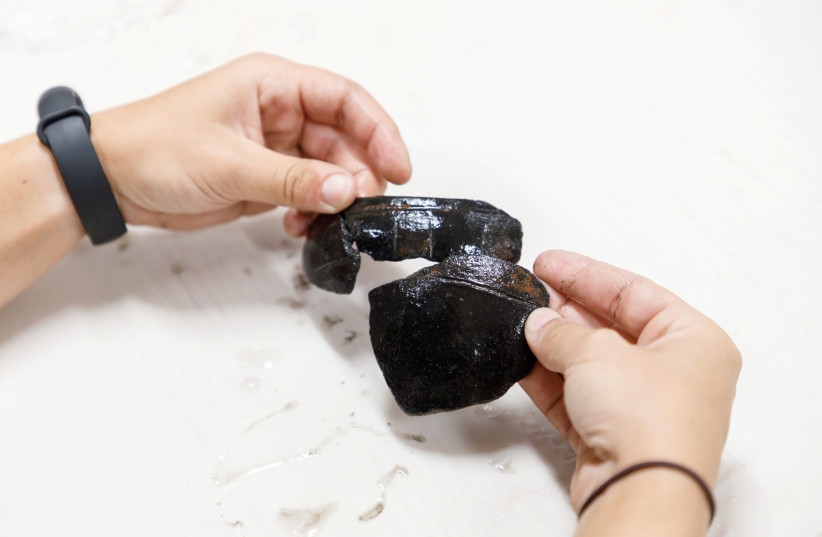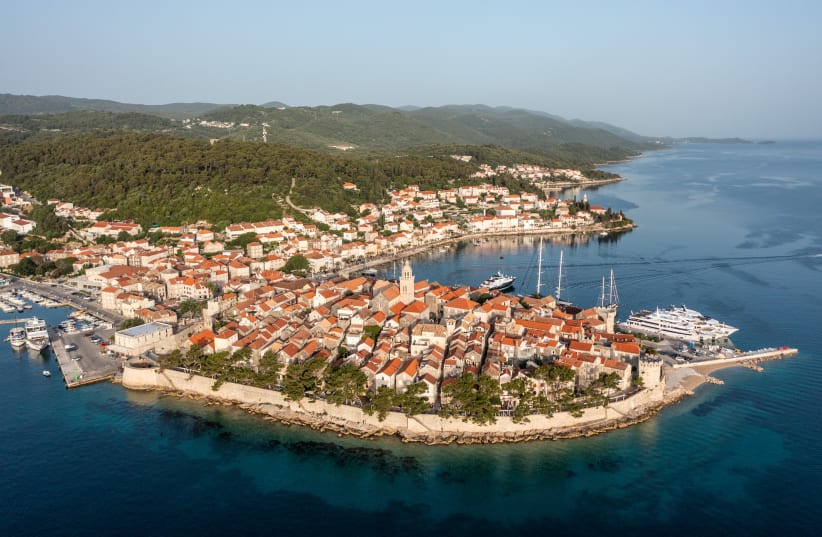Archaeologists discovered a nearly 7,000-year-old road under the sea off the coast of the Croatian island of Korčula, the University of Zadar announced earlier this month.
Carefully stacked stone slabs formed a four-meter-wide road that connected Korčula to an artificially created peninsula made by the neolithic Hvar culture in about 4900 BC. The peninsula gradually sunk into the sea over time, but its relatively sheltered location meant much of the settlement was well preserved. Ancient artifacts were found along the road as well.
The research was led by Mate Parica of the University of Zadar, along with Domagoj Perkić (Dubrovnik Museums), Ivan Šuta and Vedran Katavić (Museum of the City of Kaštela), Katarina Batur (University of Zadar), Marta Kalebota (City Museum of Korčula), Eduard Visković (Kantharos), with the assistance of Dalibor Ćosović from the diving center Lumbarda Blue.

Underwater settlements found on the Croatian island
Last year, archaeologists found fragments of ceramic vessels and flint and bone tools at the submerged Hvar settlement. Some of the flint was likely of central Italian origin, implying frequent communication and trade with the Italian coast.
Domagoj Perkić, deputy head of research at the Dubrovnik Museums, noted in an article by the museum last year that the layer of soil holding signs of civilization is over a meter thick, indicating long-term and intensive use of the site.
This year, the researchers decided to check the area linking the peninsula to the coast, leading to the discovery of the submerged road.
There is still much to learn about the site. As of last year, only 0.1% of the preserved site had been explored.
Additionally, archaeologists found another submerged neolithic settlement on the other side of the island of Korčula in Gradina Bay, with artifacts such as flint blades, stone axes and fragments of millstones found at the site.
